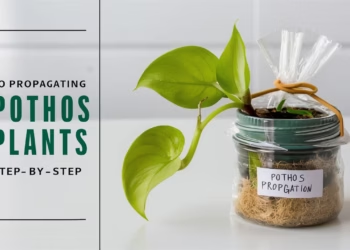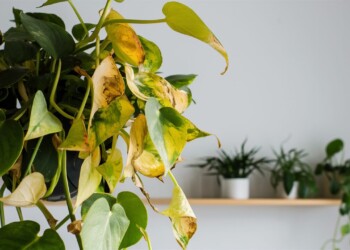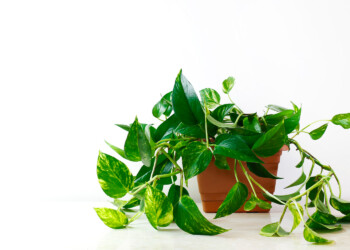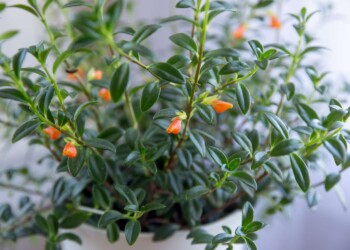The White Knight Philodendron is a plant lover’s dream! With its stunning variegated leaves, featuring a striking blend of green, white, and sometimes even pink hues, it’s no wonder this plant has captured the hearts of indoor gardeners everywhere. But how do you keep this botanical beauty in tip-top shape? Whether you’re a seasoned green thumb or a newbie, this comprehensive step-by-step guide to White Knight Philodendron care will help you nurture your plant like a pro. Let’s dive in!
Understanding Your White Knight Philodendron
Before we get into the nitty-gritty of care, let’s get to know our leafy friend a bit better.
Origins and Appearance
Hailing from the tropical rainforests of South America, the White Knight Philodendron (Philodendron erubescens) is a climbing plant known for its stunning variegation. The leaves are typically heart-shaped with splashes of creamy white, dark green, and occasionally pink. These color variations make it a standout addition to any plant collection.
Growth Habits
Unlike some of its fussier relatives, the White Knight Philodendron is relatively easygoing. It’s a climber, so it will appreciate a support structure like a moss pole or trellis to grow on. Given the right conditions, it can grow quite vigorously, rewarding you with lush foliage.

White Knight Philodendron Care: A Step-by-Step Guide
Caring for a White Knight Philodendron involves paying attention to its specific needs, which we’ll break down step-by-step.
1. Light Requirements
Finding the right light balance is crucial for your White Knight Philodendron.
Best Light Conditions
- Bright, Indirect Light: This plant thrives in bright, indirect light. Direct sunlight can scorch its delicate leaves, so keep it out of harsh sun rays.
- Tolerates Low Light: While it can tolerate lower light conditions, its growth may slow down, and the variegation might not be as pronounced.
Avoid Direct Sunlight
Direct sunlight is a no-no. If you notice browning or yellowing on the leaves, it could be a sign that your plant is getting too much light.
2. Watering Schedule: How often should I water Philodendron in White Knight?
Watering is another key aspect of White Knight Philodendron care.
How Often to Water
- Consistent Moisture: Keep the soil consistently moist but not soggy. Overwatering can lead to root rot, while underwatering can cause the leaves to wilt.
- Check the Topsoil: A good rule of thumb is to water when the top inch of soil feels dry to the touch. This typically means checking the soil moisture every 7-10 days. Stick your finger in the soil to check before watering.
Watering Tips
- Use Room Temperature Water: Cold water can shock the roots. Opt for lukewarm water to keep your plant happy.
- Drainage is Crucial: Ensure your pot has drainage holes to prevent water from sitting at the bottom.
- Watering Method: Water thoroughly until water drains from the bottom of the pot. Ensure that the pot has adequate drainage to prevent waterlogging, which can lead to root rot.
3. Humidity and Temperature
These tropical beauties love a humid environment.
Ideal Humidity Levels
- 60% to 80% Humidity: White Knight Philodendrons thrive in high humidity. Consider using a humidifier or placing a pebble tray with water beneath the plant.
- Regular Misting: Mist the leaves regularly to keep them hydrated, especially in dry indoor conditions.
Temperature Preferences
- Warm Temperatures: Aim for temperatures between 65°F to 80°F (18°C to 27°C). Avoid placing your plant near cold drafts or air conditioning vents.

4. Soil and Potting
The right soil mix can make a big difference.
Best Soil Mix
- Well-Draining Soil: Use a well-draining potting mix. A blend of peat moss, perlite, and a bit of orchid bark works wonders.
- Avoid Heavy Soils: Heavy garden soils can retain too much moisture, leading to root rot.
Repotting Tips
- When to Repot: Repot your White Knight Philodendron every 1-2 years or when you see roots growing out of the drainage holes.
- Choose the Right Pot Size: Go for a pot that’s one size larger than the current one to give the roots room to grow.
5. Fertilizing Your Plant
Feeding your White Knight Philodendron ensures it gets the nutrients it needs.
Fertilizer Type
- Balanced Liquid Fertilizer: Use a balanced liquid fertilizer diluted to half strength. Fertilize once a month during the growing season (spring and summer).
Avoid Over-Fertilizing
- Less is More: Too much fertilizer can harm the plant. Always follow the instructions on the fertilizer package and err on the side of caution.
6. Pruning and Training
Pruning helps keep your plant healthy and encourages growth.
How to Prune
- Trim Dead Leaves: Regularly trim off any yellow or dead leaves to keep your plant looking its best.
- Promote Bushiness: Prune the stems just above a node to encourage bushier growth.
Training Tips
- Use a Moss Pole: Since the White Knight Philodendron is a climber, provide a moss pole or trellis for support. This helps the plant grow upright and displays its beautiful foliage.
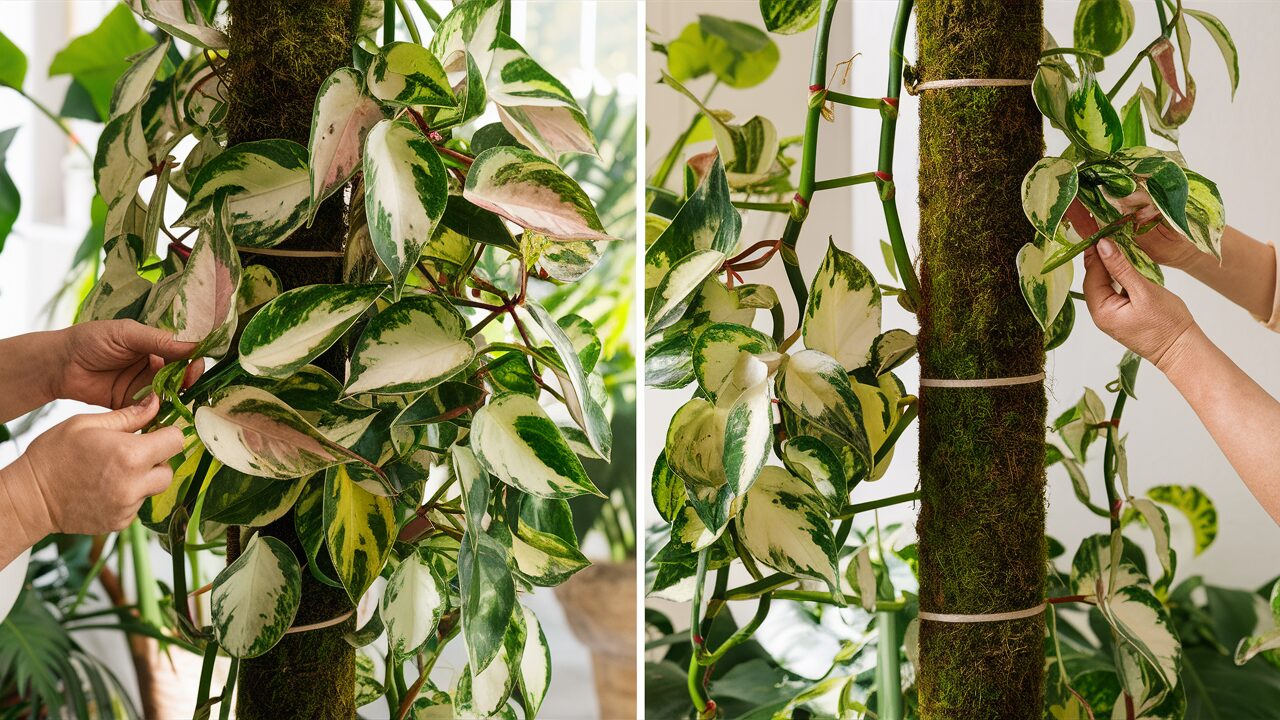
Propagating Your White Knight Philodendron
Propagating your plant is a fun and rewarding process. Here’s how you can do it:
Stem Cuttings
- Select a Healthy Stem: Choose a healthy stem with at least one node and a couple of leaves.
- Cut Below a Node: Using a clean, sharp knife or scissors, make a cut just below a node.
- Place in Water or Soil: You can either place the cutting in water or plant it directly in soil. If using water, change it every few days to keep it fresh.
Air Layering
- Create a Small Wound: Make a small cut on the stem to expose the inner tissue.
- Wrap with Moss: Wrap the wounded area with moist sphagnum moss and cover it with plastic wrap.
- Wait for Roots: Once roots develop, cut below the new root ball and plant it in soil.
Common Problems and Solutions
Even with the best care, problems can arise. Here are some common issues and how to tackle them:
Yellow Leaves
- Overwatering: Check your watering habits. Yellow leaves often indicate overwatering.
- Poor Lighting: Ensure your plant is getting enough indirect light.
Brown Tips
- Low Humidity: Increase humidity by misting the leaves or using a humidifier.
- Chemical Sensitivity: Use filtered or distilled water to avoid chlorine and fluoride buildup.
Pests
- Common Pests: Watch out for spider mites, aphids, and mealybugs.
- Natural Remedies: Use neem oil or insecticidal soap to treat infestations. Wipe down the leaves regularly to keep pests at bay.
Pet Safety
Philodendron White Knight is plant non-toxic to pets, making it a safe choice for households with animals. However, it is always best to keep plants out of reach of curious pets to avoid any potential issues.
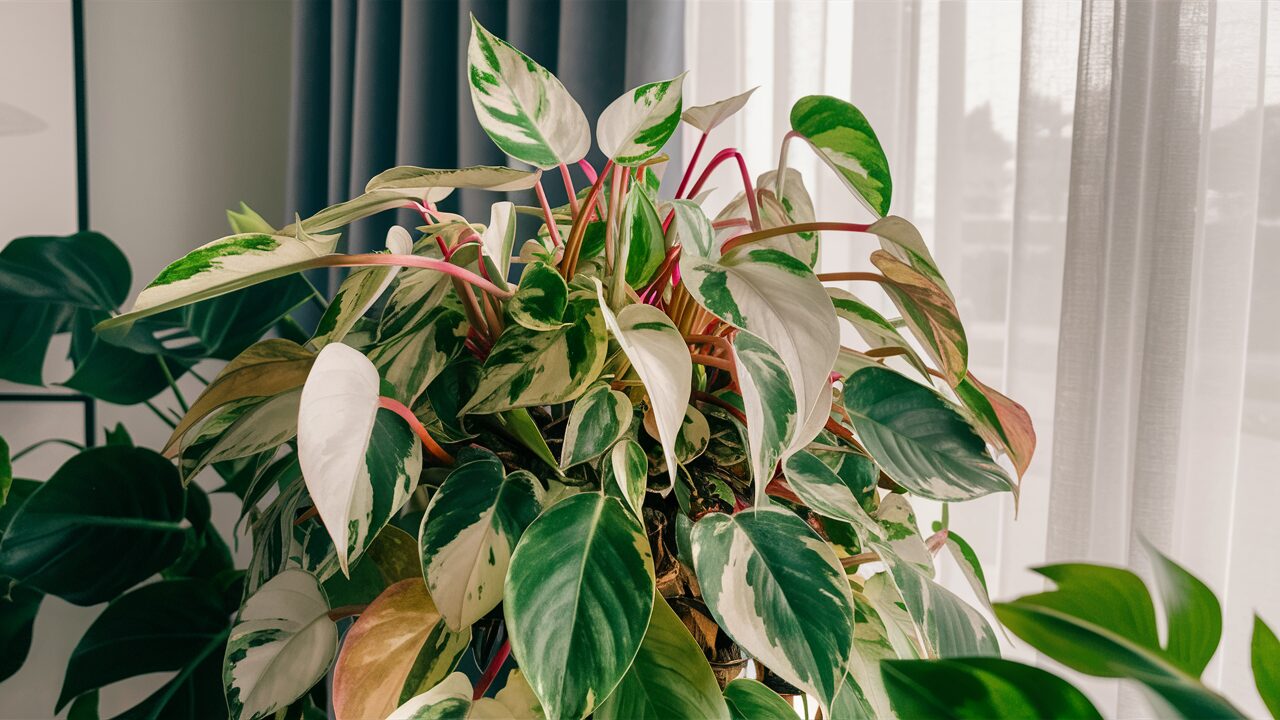
Caring for a White Knight Philodendron can be a truly rewarding experience. With its stunning variegation and lush foliage, this plant is sure to add a touch of elegance to any space. By following this step-by-step guide, you’ll be well on your way to ensuring your White Knight Philodendron thrives. Remember, each plant is unique, so be attentive to its needs and enjoy the journey of nurturing your leafy companion! Happy planting!
FAQs
Can I grow my White Knight Philodendron outside?
Yes, you can grow it outside if you live in a warm, humid climate. Just make sure it’s in a shaded area to avoid direct sunlight.
What’s the best way to increase humidity for my plant?
You can increase humidity by misting the leaves regularly, using a humidifier, or placing a pebble tray with water beneath the plant.
Is Philodendron White Knight rare?
Yes, the Philodendron White Knight is considered a rare and highly sought-after plant. Its distinctive variegated leaves, featuring shades of green and white, contribute to its rarity and desirability among plant collectors .
Does Philodendron need full sun?
No, Philodendrons do not need full sun. They thrive best in bright, indirect light. Direct sunlight can damage the leaves, causing them to burn. These plants can also tolerate low light conditions, though they may grow more slowly and produce fewer leaves in such environments .
Why is my White Knight turning brown?
Browning of the leaves on a Philodendron White Knight can be caused by several factors:
- Sunburn: Direct sunlight can cause the leaves, especially the white parts, to turn brown.
- Overwatering or Underwatering: Both can lead to browning leaves.
- Lack of Humidity: Low humidity levels can cause the leaf edges to turn brown.
- Nutrient Deficiency: A lack of essential nutrients can also result in browning.
- Natural Causes: The white parts of the leaves are more prone to browning because they cannot photosynthesize.
Why are my plant’s leaves turning yellow?
Yellow leaves can be a sign of overwatering, poor lighting, or nutrient deficiencies. Adjust your care routine accordingly to address these issues.

